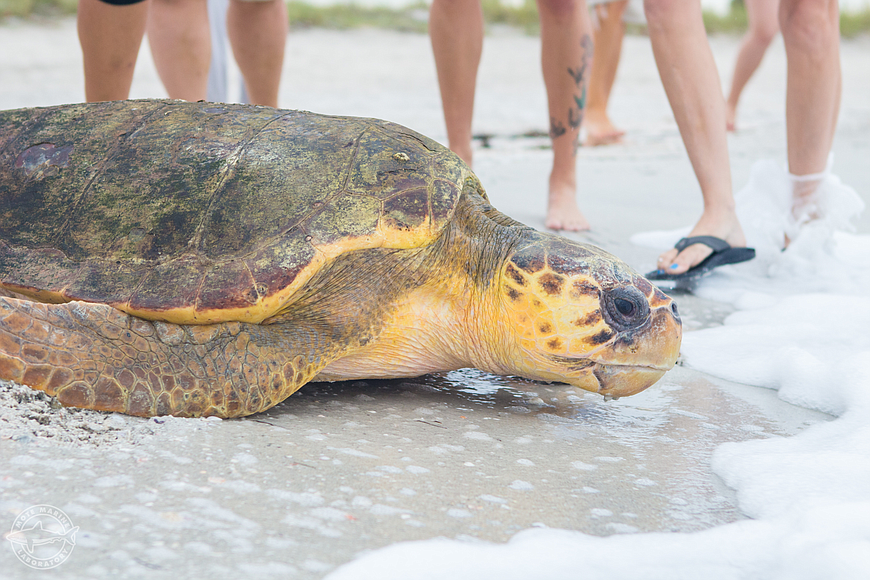- January 19, 2026
-
-
Loading

Loading

With November comes the end of turtle season, and according to Mote Marine Aquarium and Laboratory, it was another really good year for nesting turtles.
The 4,503 sea turtle nests documented in Mote’s conservation area, which extends 35 miles from Longboat Key to Venice, were just 85 short of 2016's record-breaking number. Turtle season runs from May 1 to Oct. 31.
Of those nests, 4,424 were laid by loggerhead sea turtles and 79 were by green sea turtles. Both species are threatened.
Although 2016 saw more nests, 2017 brought the highest-ever recorded number of green sea turtle nests in Mote’s area.
“We’ve had several years of high nest counts, and though we can’t predict the future definitively, we don’t see any reason to expect a decrease,” said Melissa Bernhard, staff biologist with Mote’s Sea Turtle Conservation and Research Program.
According to Mote senior biologist Kristen Mazzarella, the highest average count of nests laid per week in 2008-2011 was under 150. But in the past two years, the average count peaked just under 600.
“We think that the conservation efforts we started over three decades ago have contributed to this increase,” Mazzarella said. “Sea turtles can take about three decades to mature, so some of the earliest hatchlings we protected are likely coming back now as moms.”
Even with the high numbers, though, things weren’t perfect for this year’s turtles. Mote scientists found evidence that 104 sea turtles interacted with beach furniture, sometimes getting tangled and dragging it along the beach.
Additionally, a higher percentage of hatchlings from monitored nests experienced disorientation in Longboat Key, Lido Key and Venice. This is often caused by artificial lighting along shores leading the hatchlings away from the ocean and into danger zones, depleting their energy stores.
Still, Bernhard noted that this year, the numbers reflect a lot of turtles Mote hadn’t previously identified.
In a nighttime tagging effort on Casey Key, Mote scientists encountered turtles 591 times, identifying 380 distinct turtles. And of those, 293 were documented and tagged for the first time ever.
“We’re looking forward to 2018,” Bernhard said. “These sea turtles nest every two to three years, so we’ll expect to see many of the turtles from the record year in 2016 returning.”